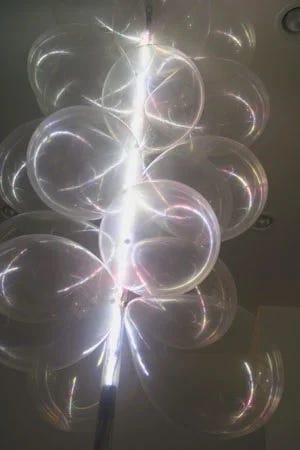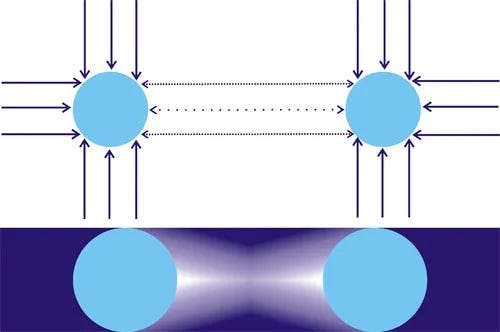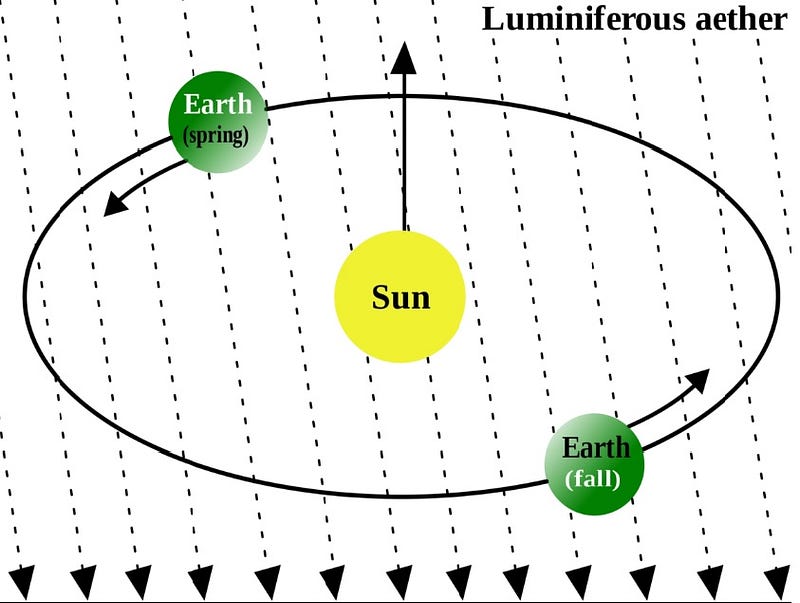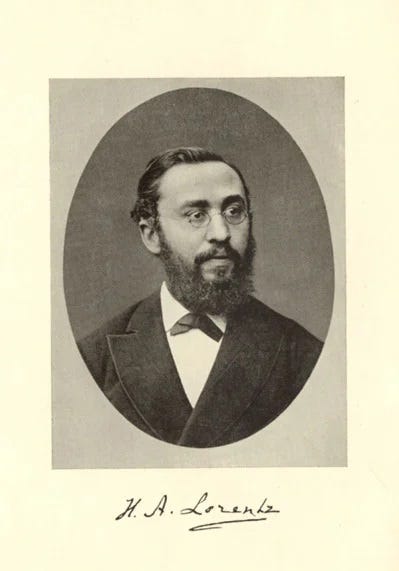The Discarding of Aether Theory: A Scientific Evolution
Written on
Chapter 1: The Historical Context of Aether Theory
In the Middle Ages, it was widely accepted that Earth was the center of the universe, with the Sun and planets orbiting it. However, after Copernicus proposed a heliocentric model, the perspective shifted, leading to the understanding that other stars are similar to our Sun. The evolution of scientific knowledge continually reshapes our comprehension of the universe.
Similarly, many past theories in physics, now recognized as flawed or unnecessary, contribute to this narrative of change. The concept of aether is one such theory.

Chapter 2: Origins of the Aether Concept
In the 17th century, philosophers like Descartes and Huygens proposed that light travels through an unseen, all-encompassing medium known as aether, a term derived from ancient Greek. This theory gained traction and evolved over the next two centuries, becoming a well-established concept.
It was believed that light consisted of waves traveling through the aether. Just as sound requires a medium for propagation, early physicists theorized that light waves also necessitated a medium.

According to this theory, light was understood as mechanical vibrations in the aether generated by light sources, moving at an extraordinary speed. The emergence of electromagnetism further led scientists to consider aether as a medium for electromagnetic wave transmission.

Chapter 3: Challenges and Experiments
Aether was even proposed as an explanation for gravity. Newton’s law of universal gravitation, viewed as a fundamental postulate, posed challenges that aether theory attempted to address. However, one significant issue was the expectation that the speed of light would vary based on the observer's movement through the aether.
If an observer moved towards the light source, the light's speed should increase, while it should decrease if moving away. Yet, experimental evidence failed to support this notion. Initially, it was believed that the velocities we could achieve were too minor to detect any difference, which seemed reasonable at the time.
Improved observational techniques led to the groundbreaking Michelson-Morley experiments at the end of the 19th century, aiming to substantiate the existence of aether.

Given Earth's rotation around the Sun, its relative motion to the aether should create variations in the speed of light throughout the year. However, results consistently indicated that the speed of light remained constant, regardless of Earth's direction.
Despite repeated experiments seeking measurement discrepancies, scientists ultimately had to concede the nonexistence of any “aether wind.”
Chapter 4: Theoretical Revisions and Relativity
Numerous scientists endeavored to reconcile aether theory with experimental outcomes, with Lorentz making significant contributions. He posited that aether was stationary and undetectable, arriving at formulas akin to those in Einstein’s special theory of relativity, particularly regarding time dilation and length contraction at high speeds.

While Lorentz's theory did not prove incorrect, Einstein's special theory of relativity (STR) emerged as a more compelling framework, negating the need for aether and seamlessly explaining observational data.
Results indicated that Lorentz's aether theory, while consistent with STR predictions, was unnecessary. The existence of an undetectable static aether lacked empirical validation, thus conflicting with the principles of scientific inquiry. STR, articulated through the Minkowski metric, leads directly to general relativity, a connection absent in Lorentz's theory.
In conclusion, early aether theories failed to gain experimental support, particularly from the Michelson-Morley experiments, which demonstrated that the speed of light is independent of the observer's frame of reference. Although Lorentz's updated theory is indistinguishable from Einstein's STR in practice, the assumption of an undetectable aether adds no value to scientific understanding, leading to the obsolescence of the aether theory.
The first video titled "What is Aether? A history of the debate about the substance of the universe" by Jeff Yee explores the origins and implications of aether theory.
The second video titled "How Did Scientists Prove that There is No Aether?" delves into the pivotal experiments that led to the dismissal of aether theory.
For those interested in further discussions on space and science, feel free to subscribe to our channel or support our content creation efforts through membership.